Blue wildebeest are pretty cool in their unique ugliness. I guess I have a fondness for the “weird looking” animals… another one I like is the Roan. I got one on my last African Safari, I think I will just do a European Mount. I’ve seen the tanned hides before and they make great rugs, much like a zebra with the subtle blue shine, or maybe make some pillows. I might think about that too… decisions, decisions.
According to an African legend, God made blue wildebeest from bits and pieces that were left over after He had finished creating all the other animals. He gave it the face of a mule, a goat’s beard, the horns of a cow, and the body of a horse.
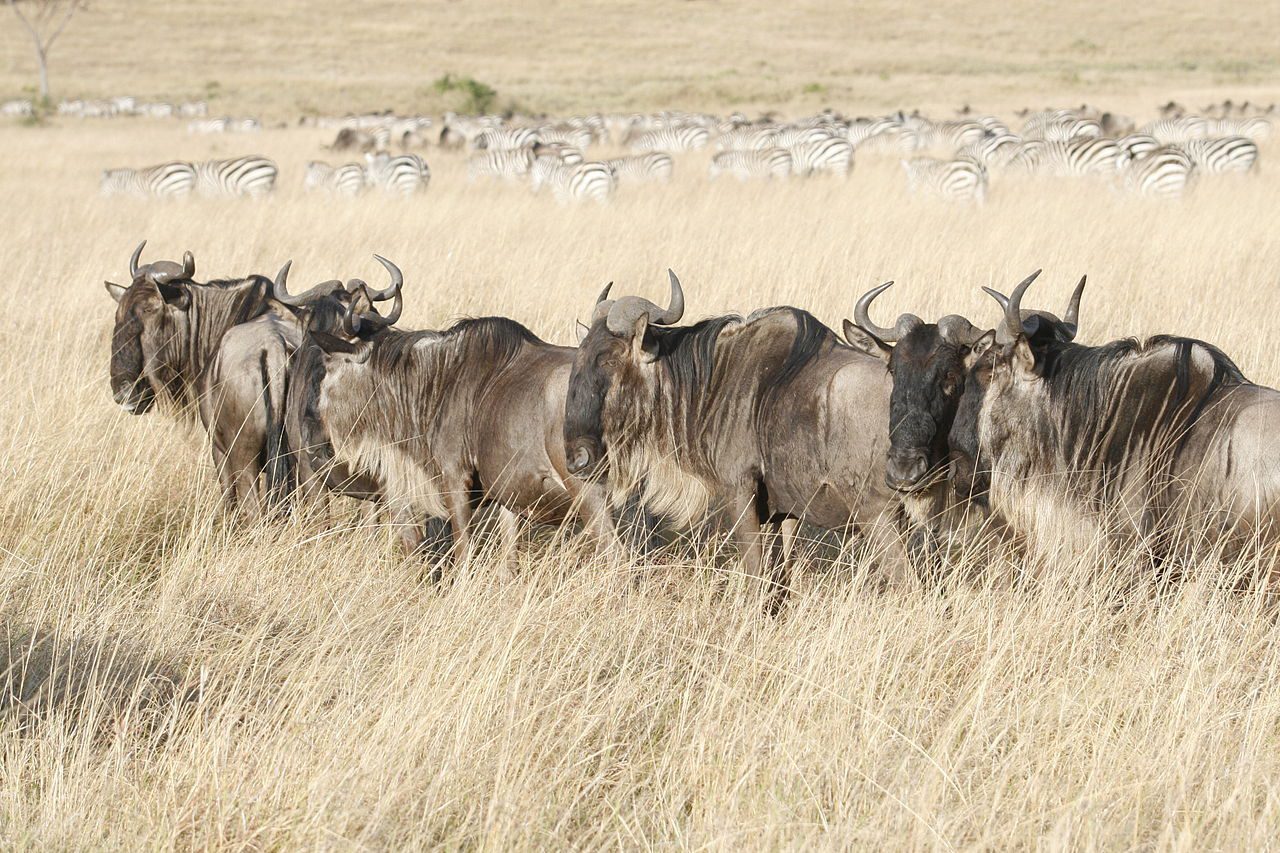
The Blue Wildebeest Goes by a Variety of Names.
The Afrikaners call him “wildebees”, the Dutch call him “gnoe”, in Kiswahili it is “nyumbu”, the Xhosa say “i-ngu”, and the Bushman know him as “!nu”. The Germans have (in my opinion) the best name for him; Streifengnu. This animal, known by the ancient ones as “The Old Fool of the Veld”, is the unmistakable Blue wildebeest of Africa. The name “Blue wildebeest” derives from the silvery blue sheen on his short-haired hide, differentiating this species from the more drab, but no less interesting Black wildebeest.
Weight: 440 – 600 lbs (male); 370 – 516 lbs (female)
Height: 46 – 57 inches
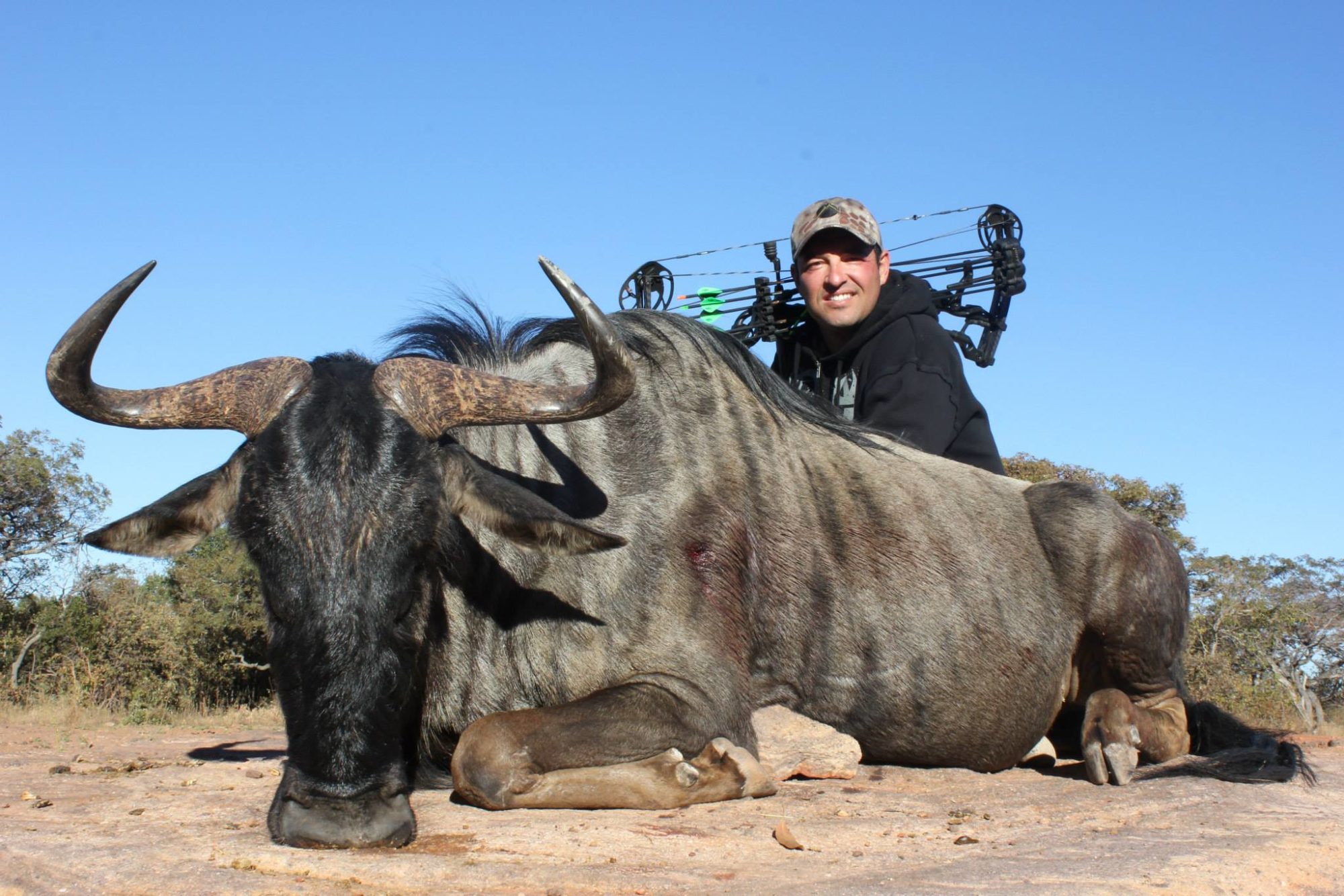
Hunting Blue Wildebeest
Their not called “The Poor Man’s Cape buffalo” for no reason… our South Africa PH says that Blue wildebeest are tough, and fairly hard to put down. When hunting Blue wildebeest, a 30-06 or larger caliber is advised, but I hope to be doing most of my plains game hunting with my bow. Wildebeest are usually found in bushy areas and shots can vary from 70 up to 200 yards in the more open areas. Blue wildebeests can tolerate dry conditions, but they require a drink every day or so. If you wound one, be prepared for a long day as they can cover a lot of ground in a surprisingly short period of time.
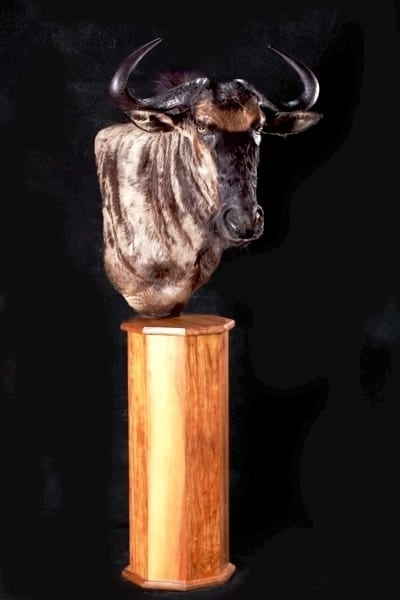
Field Judging Blue Wildebeest
While field judging blue wildebeest trophy size, my recommendation would be to first start observing at the overall look of the horns. There are several factors that need to be taken into account in judging the horns of the Blue Wildebeest. A combination of spread, bases (known as the boss), depth of the curl, length of the points and thickness of the are the key to an amazing trophy. Measure the outside spread from the tip of one horn moving down the outside following along the curl and up to the base then continue straight across the forehead and follow the same path all the way up to the tip of the other side.
Probably the first thing that hunters are conditioned to look at is the straight out length of the spread of the horns when the Wildebeest is looking directly at you.
Basically checking to see if the horns reach the end of the tip of the ears before hooking up and back. Comparing the outside horns spread to the tip of the ears gives gauge as to the size of the trophy. If the straight outside spread of the horns reaches the tips of the ears, the straight outside spread measurement should be bigger than 24 inches (60.96 cm) and can be considered a good starting point for a mature trophy animal. The farther the horns pass the tip of the ears, the better the trophy bull will be. A straight outside spread measurement greater than 27 inches (60.96 cm) makes for a great trophy.
The horns will usually not meet or fuse together at the bases, however the size of the gap between the two horns is a good indication as to the circumference of the bases.
The smaller the gap between the two horns the greater the measurement of the bases circumference will be and how much the circumference of the bases will make a big difference in the total measurement of the overall trophy, often adding several inches for a trophy with bigger bases. Note that the pronounced bump, also known as the boss, sometime seen at the bases of the horns is not a reliable indication of the circumference of the bases themselves. Bases of a good Wildebeest will have a circumference of 12 inches (30.48 cm) to 14 inches (35.56 cm).
The depth of the curls of the horns will have only a bit of an impact on the overall size of the trophy.
Some animals will have no depth of curl in their horns making their horns appear to shoot straight out, looking almost flat. This does not mean that the Wildebeest will not measure well, though it usually is a sign of lesser measurement in the spread of the horns. It is a different shape of horns which does not necessarily mean that the animal is immature.
Live Like You Mean It
Contact Us
We've helped thousands of OI clients plan their adventures
Our team of professional consultants are ready to help you research, book and plan an amazing trip with one of our amazing outfitter partners around the world.
I didn't think an experience like this was possible.
This trip, was, for me at least not just a trip, for me it was a real adventure, a real experience. I love the wilderness and this trip afforded me the opportunity to connect with the Alaskan wilderness in ways very few people do. It was an experience I will never forgot in a place I can’t wait to get back to.Oliver Fischer
The outfitter handled everything perfectly.
We were thankful that Outdoors International hooked us up with a great outfitter because they were able to find us an acceptable alternate on short notice. Overall the two year process to get this float in was seamless and worry free. Just like it should be.Thank you, Stan Masneri
What an amazing experience!
The lodge was out of this world! Our rooms, the delicious food, the incredible wildlife and the scenery were amazing. Our photo safari guide was truly exceptional and had us on animals almost constantly. We saw over 30 different species and had some incredible up close experiences. Africa is amazing!Scott Navares
Copyright 2005-2025 © Outdoors International™ · All Rights Reserved.


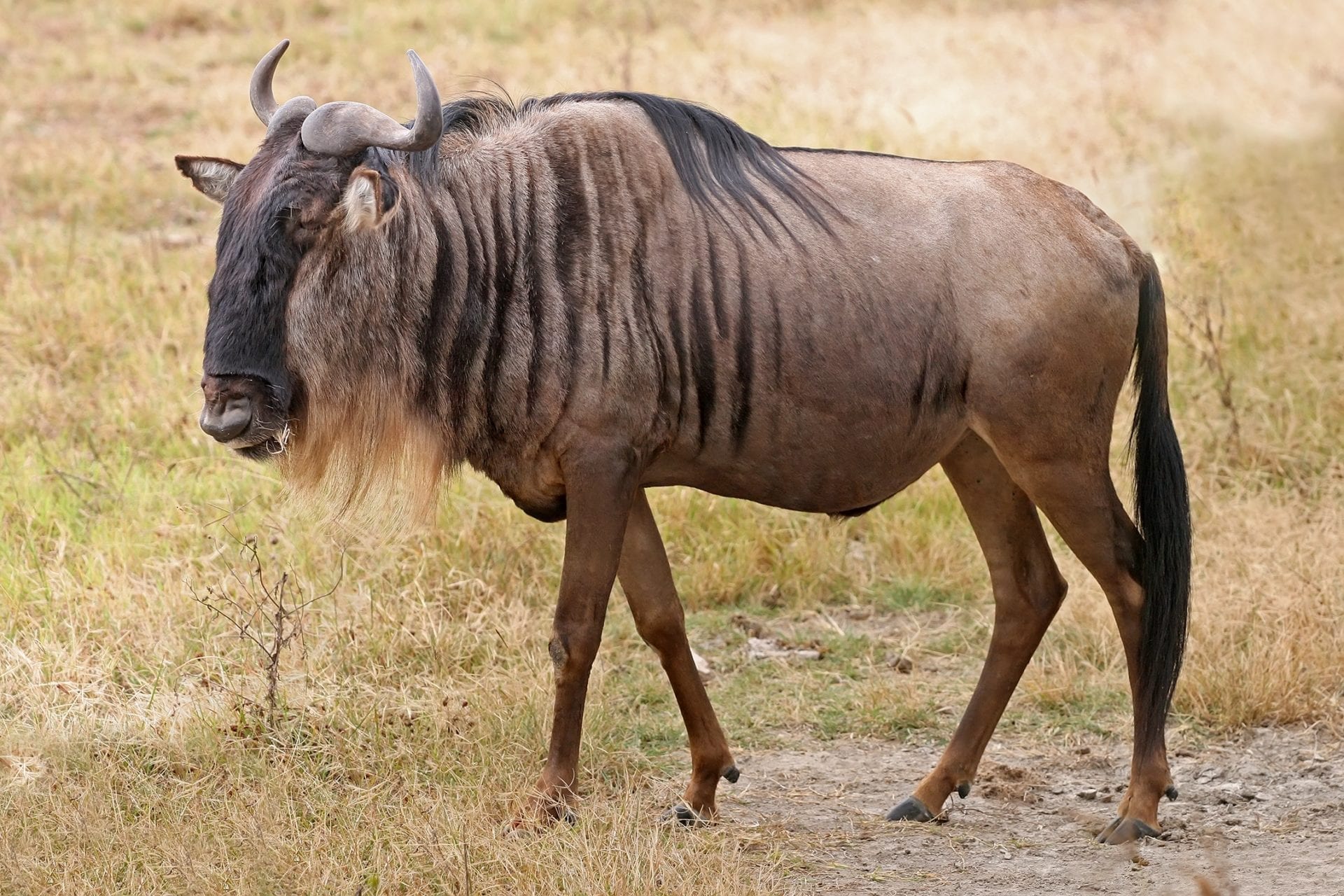


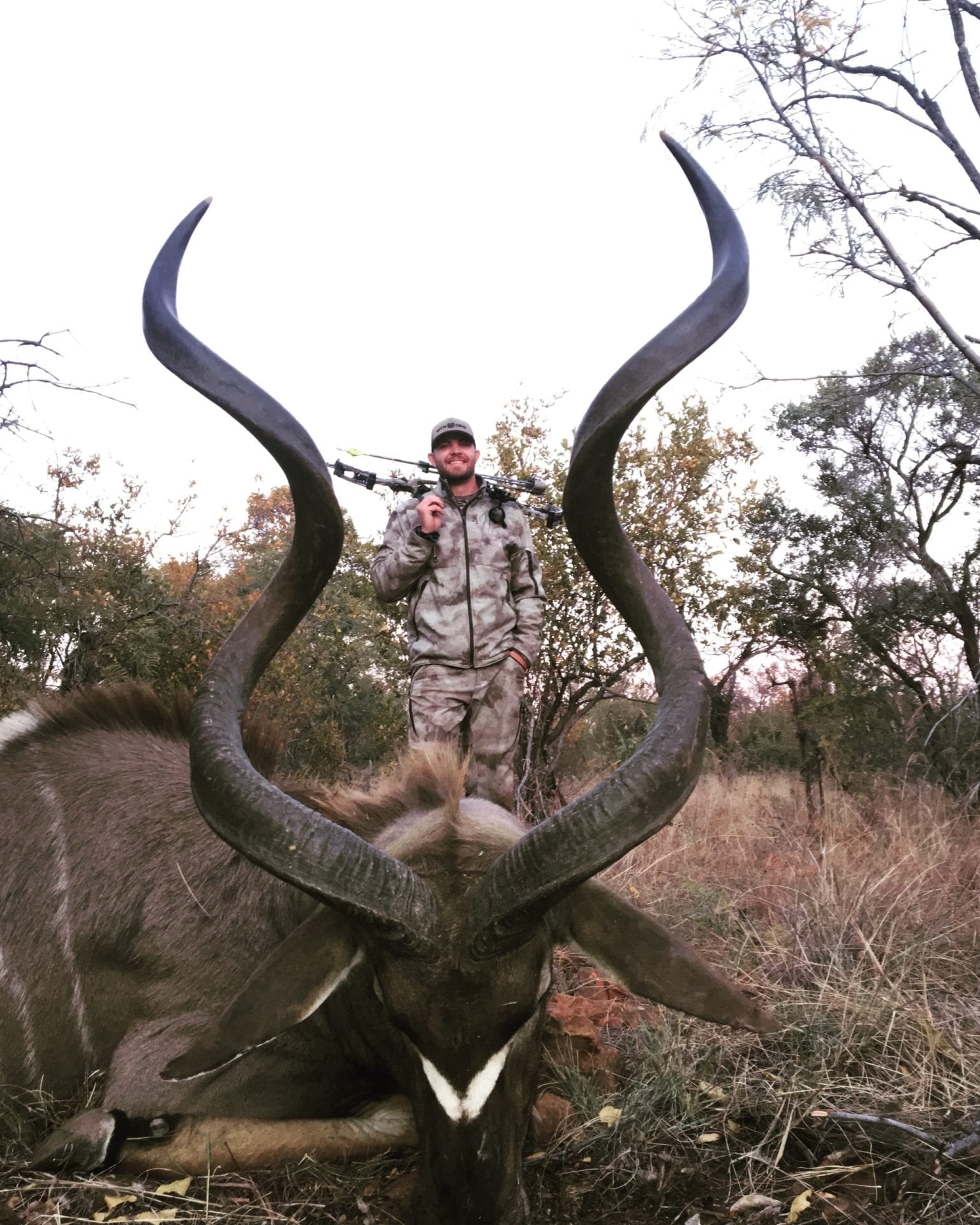
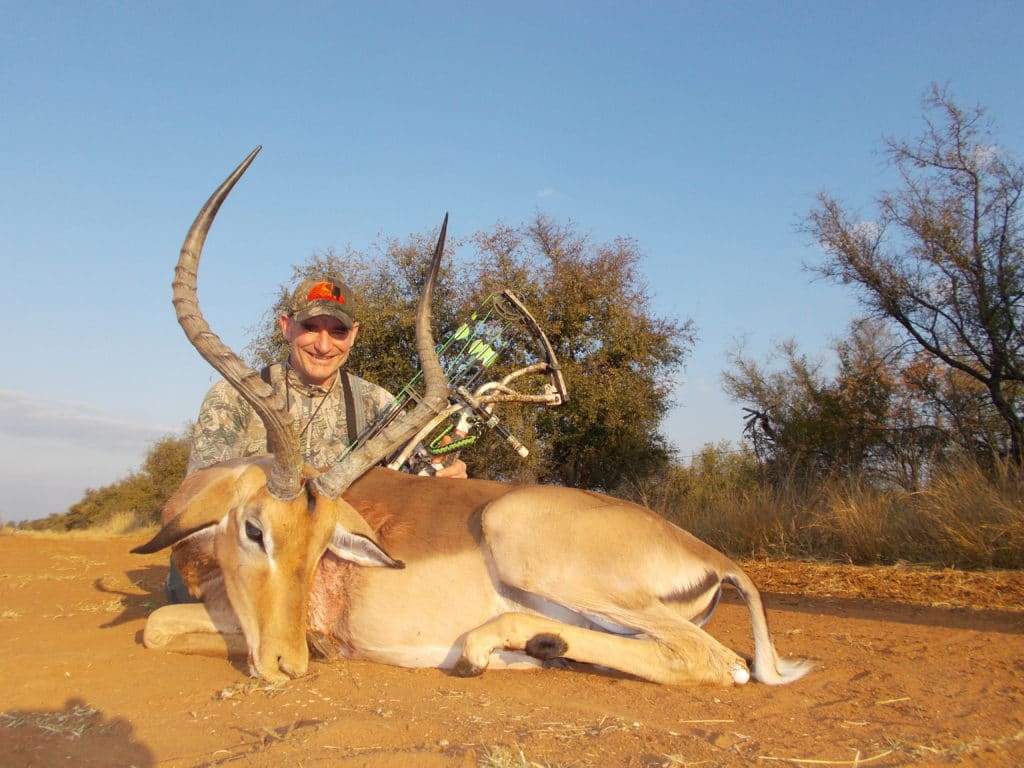

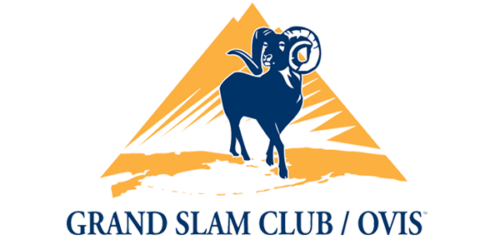

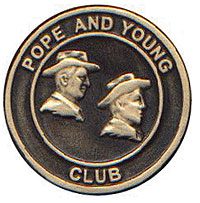
I bred and owned a lot of mules and if I ever had one with a face like that I’d kill the son of a bitch
Cory, if you are going to do a European rug mount rather go for a female (cow). She will cost you several hundred dollars less (on my pricelist US$845 vs US$ 575) and you will have a mount that will be just as beautiful as when it was a male (bull)
Pingback: EPISODE 34 - Take Your Family on an African Safari